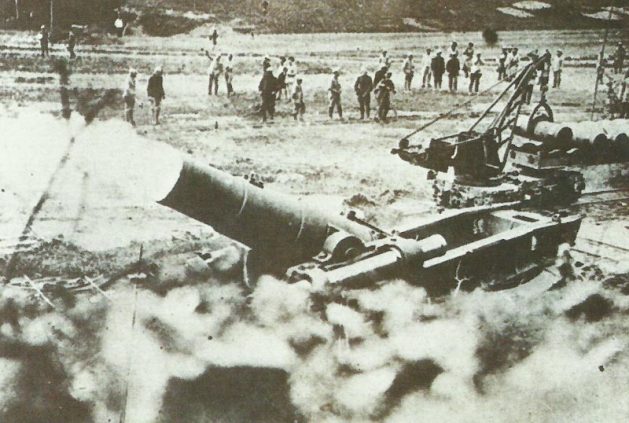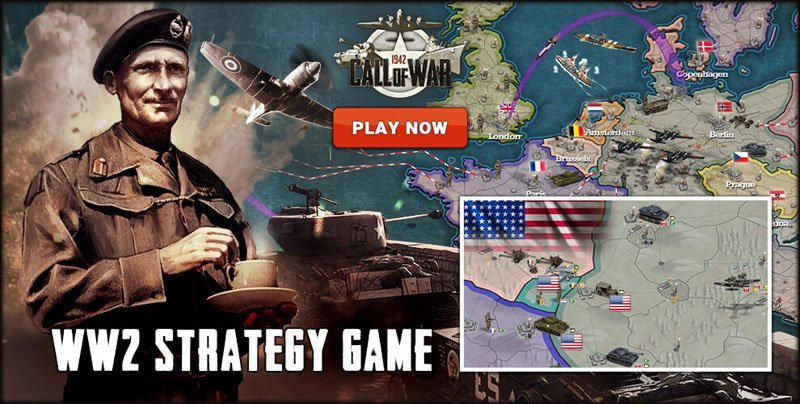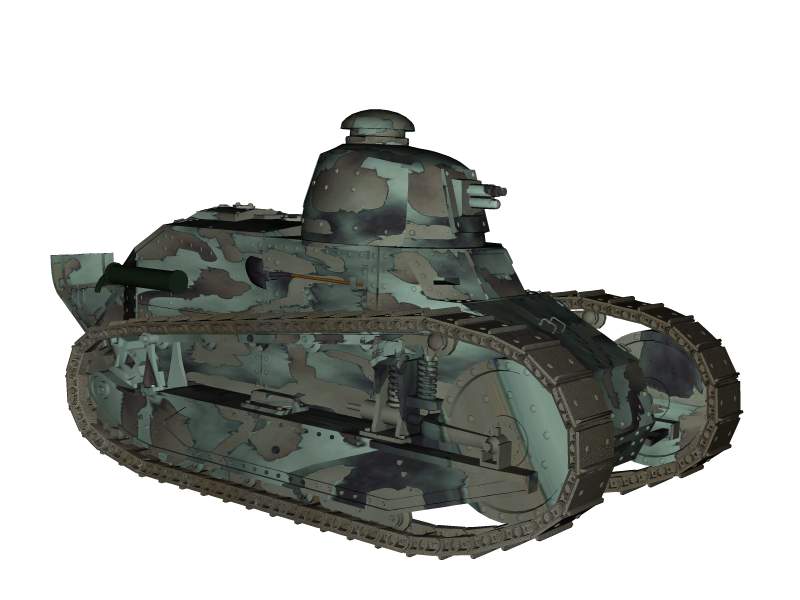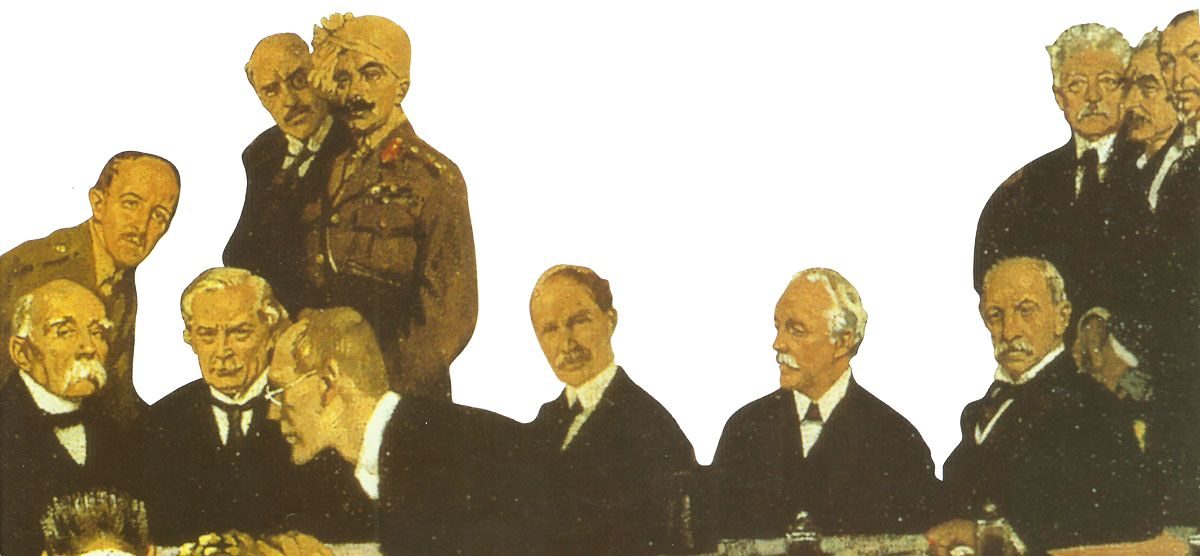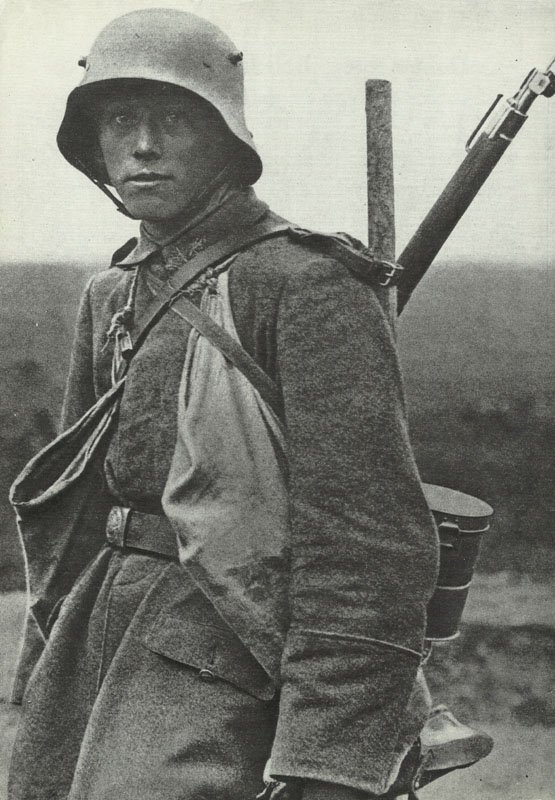French heavy 370-mm howitzer Mortier de 370 Filloux from the First World War.
History, development, service, specification, and pictures.
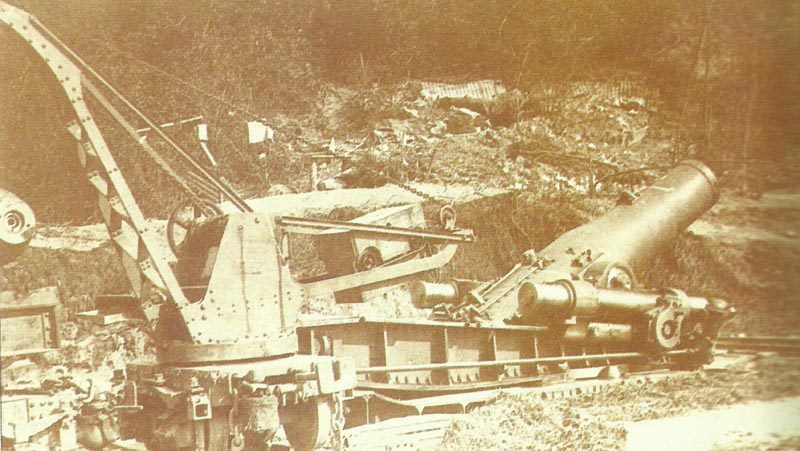
French heavy 370-mm howitzer Mortier de 370 Filloux
Table of Contents
The Mortier de 370 Filloux was a large caliber siege mortar used by the French Army during World War I.
Design: It was designed by French Colonel Louis Filloux in 1914.
Caliber: The mortar had a caliber of 370mm (14.6 inches), which was quite large for its time.
Purpose: It was primarily used as a siege weapon to destroy fortifications and other hardened targets.
Mobility: The mortar was relatively mobile for its size, being transported in several parts and assembled on site.
Shell weight: It fired shells weighing approximately 375 kg (827 lbs).
Range: The maximum range was about 10,000 meters (6.2 miles).
Use in WWI: It was employed effectively on the Western Front, particularly against German fortifications.
Production: About 80 of these mortars were produced during World War I.
Crew: It required a large crew to operate due to its size and the weight of its ammunition.
Legacy: The Mortier de 370 Filloux represented a significant advancement in siege artillery for its time, combining power with a degree of mobility not typically seen in weapons of its class.
This mortar played a role in the evolution of heavy artillery during World War I, demonstrating the increasing importance of powerful, long-range weapons in modern warfare.
History
The Mortier de 370 Filloux had its origins in a specification regarding a coastal artillery gun able to produce plunging shells in order to cut the comparatively thinner armor of warship decks. By 1913 several of these short howitzers that fired at higher angles of elevation was manufactured, however in 1913 the 370-mm (14.57-in) gun was ready which continued to be afterwards the heaviest of all these French coastal artillery pieces.
To look at the Mortier de 370 Filloux it had been a sneakily compact gun. The truth is it had been incredible. It had initially been created for deployment in static coastal emplacements where – on paper certainly – it was to have been transported, emplaced and thereafter left.
What in fact occurred was that at that time after the first bloody battles of 1914, the French army hurried no matter what it could discover in the heavy artillery park towards the zones behind the front lines as a way to get some trench-crushing potential, nevertheless minimal.
The good news is for the French, in the event the Mortier de 370 had been manufactured it included specific handling equipment of a pair of varieties. One was for deployment on railway carriages and the second one for street transportation and each received handling gantries, cranes and special rigs. The biggest of these rigs had been for the barrel, which was transported slung under a special wheeled gantry; the other loads had been moved slung in the same way. Overall there have been 3 primary loads with additional for the ammo as well as the numerous components.
If travelling the Mortier de 370 wasn’t enough, emplacing the howitzer had been even worse. The groundwork started with the excavating of a big hole into which was lowered the primary firing platform: this was built with a number of vertical spades on its bottom which were created to absorb a portion of the barrel recoil. Additional recoil had been consumed by the weighty carriage, which was connected to the platform and included a basic recoil cylinder system linked to the trunnions of the barrel. The emplacement and installation of all this required a considerable time and significant amounts of labor, however it was the price the French had to spend to be able to place some kind of heavy artillery right at the frontline during 1915-16.
As soon as in the frontline, the ammo for the howitzer had been bit by bit improved from the authentic armor-piercing pattern to a heavy blast-producing shell; the last of these projectiles had been introduced into action during 1917. There were a pair of these 1917 type projectiles, the bulkier weighing 489 kg (1,078 lb). However, with this the range was just 8,100 m (8,860 yards), which generated all the work required somewhat a waste of potential However for a long time it had been all that there was available, and the unlucky French gunners simply had to deal with it all.
Following 1918 the Mortiers de 370 Filloux had been put into reserve to be pulled out once again in the Phoney War of 1939-1940. There then happens to be some indecision regarding exactly where they were to be employed, and in the event the majority of them had been obviously wiped out by Luftwaffe strikes.
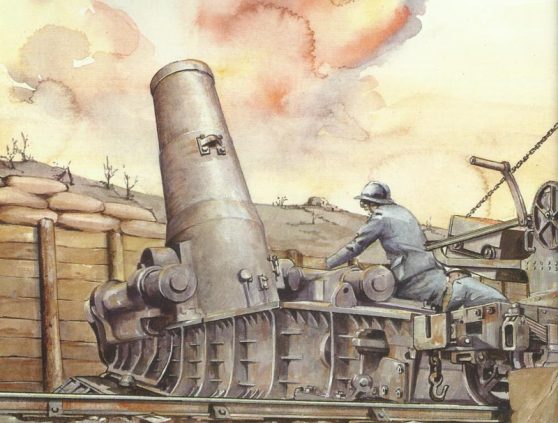
Specification Mortier de 370 Filloux
Specification:
Mortier de 370 Filloux | Specification |
|---|---|
Type | heavy howitzer |
Crew | ? |
Calibre | 14.57 in (370 mm) |
Length of barrel | 10 ft 3 in (3.31 m) |
Weight | between 63,934 lb and 66,139 lb (29,000-30,000 kg) in action |
Elevation | -6° to +65° |
Traverse | 6° |
Muzzle velocity | light shell 1,214 ft/s (370 m/s); heavy shell 1,037 ft/s (316 m/s) |
Maximum range | light shell 11,375 yards (10,400 m); heavy shell 8,860 yards (8,100 m) |
Shell weight | 911.6 lb (413.5 kg) or 1,078 lb (489 kg) |
Production delivery | 1913 |
Total production | ? |
Service delivery Western Front | 1915 |
at Verdun in May 1916 | 4 |
References and literature
The Illustrated Encyclopedia of Weapons of World War I (Chris Bishop)
An Illustrated History of the Weapons of World War One (Ian Westwell)
Die Geschichte der Artillerie (John Batchelor, Ian Hogg)




